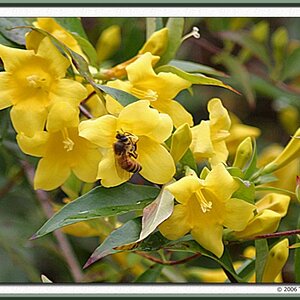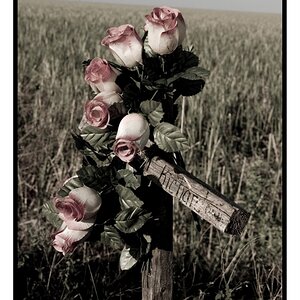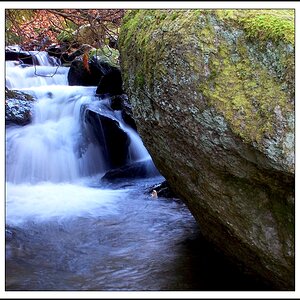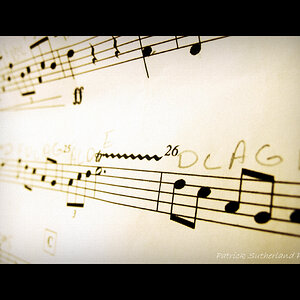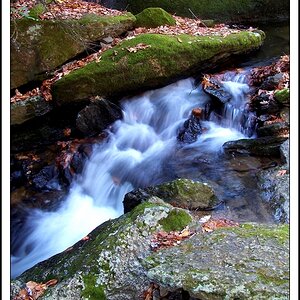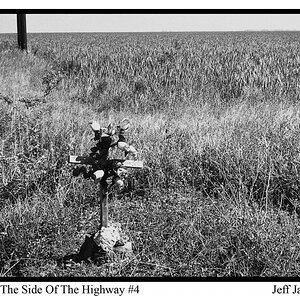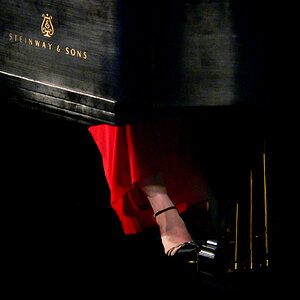MatthewMorris
TPF Noob!
- Joined
- May 14, 2012
- Messages
- 27
- Reaction score
- 2
- Location
- Central NJ
- Website
- soundcloud.com
- Can others edit my Photos
- Photos NOT OK to edit
I have been googling my A*s off and visiting many websites, but it is nice to hear from peoples with experience with macro lenses for Nikons. I am trying figure out if going with an older lens or even a D lens may have its benefits verses a brand new lens. I have a project in my head and I need to get as close to the tiny subject (about the size of a dime) as possible. Most new lenses only seem to get as close as 6 inches. My lens baby 50mm with macro kit I can get 1.5 inches but that lens fils the edges with focus blur. Just curious what other options my un-expieranced a*s doesn't know about.


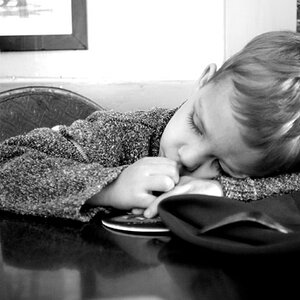

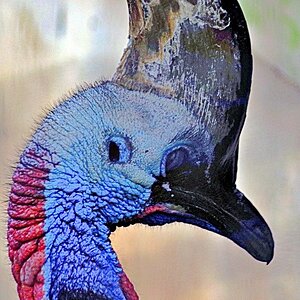
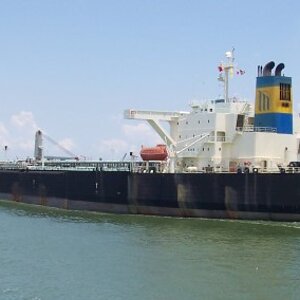
![[No title]](/data/xfmg/thumbnail/40/40284-f59f6230f0d5b9eacf977f8b0392f087.jpg?1619739407)
